Interior design is constantly evolving, and each year brings fresh ideas and new trends that shape the way we decorate our homes and workspaces. As we move into 2025, it’s important to know the top interior design trends that will define the year ahead. Understanding these trends helps you stay current and ensures your spaces feel modern, functional, and stylish. In this article, we’ll explore the top interior design trends for 2025, highlighting what’s in, what’s out, and how you can incorporate these changes into your space—whether you’re working on your living room or a CEO room.
Introduction to Top Interior Design Trends in 2025
Interior design trends shift based on various factors, including cultural changes, technological advancements, and even the global economy. The top interior design trends for 2025 reflect a growing desire for comfort, sustainability, and personalization. In this article, we’ll discuss the key trends to expect, along with design ideas that can inspire your next home or office transformation.
As we move toward a new era, we are seeing an emphasis on sustainable materials, multifunctional spaces, and a blending of the digital and physical worlds. Whether you’re refreshing a single room or undertaking a full redesign, 2025’s interior design trends will help you create a space that aligns with both your aesthetic and functional needs.
If you’re looking to design a CEO Room Interior Design Company In Bangladesh that reflects professionalism and modern trends, Circle Interior Ltd can help. Our team of experts can help you incorporate these top interior design trends while creating a space that suits your needs and preferences.
Top Interior Design Trends for 2025
1. Sustainability and Eco-Friendly Design
Sustainability continues to be one of the leading interior design trends for 2025. As concerns over climate change and the environment grow, more people are seeking ways to incorporate eco-friendly materials and sustainable practices into their homes and offices.
Key Aspects of Sustainable Interior Design:
- Recycled and Upcycled Materials: Furniture and décor made from recycled materials or upcycled products are becoming increasingly popular.
- Energy-Efficient Appliances: From lighting to HVAC systems, eco-friendly and energy-efficient appliances reduce both environmental impact and utility bills.
- Natural Materials: The use of natural, non-toxic materials like bamboo, cork, and reclaimed wood is on the rise.
- Indoor Plants: Bringing nature indoors with plants not only improves air quality but also adds a refreshing, organic touch to spaces.
In a CEO room, for example, using sustainable materials such as a reclaimed wood desk or eco-friendly office chair would align with the growing focus on sustainability, while also maintaining a modern and professional look.
2. Multifunctional and Flexible Spaces
As we continue to embrace remote work and more flexible lifestyles, multifunctional spaces are expected to dominate interior design in 2025. Rooms that can serve multiple purposes—such as a guest bedroom that doubles as an office or a living room that can transform into a home theater—will be in high demand.
Key Elements of Multifunctional Spaces:
- Modular Furniture: Modular pieces like sectional sofas or foldable tables that can be rearranged to suit different activities.
- Convertible Rooms: Rooms designed with partitions or sliding doors to easily switch between functions.
- Smart Furniture: Furniture that integrates technology, like desks with built-in charging stations or sofa beds with storage.
For CEO room designs, multifunctional furniture and a layout that adapts to both meetings and relaxation will be essential. A sleek, modern design that accommodates both work and comfort will be key in reflecting professional versatility.
3. Bold and Vibrant Colours
2025 will see a shift towards bold, vibrant colours, moving away from the neutral tones that dominated the previous decade. Bright shades of blue, rich jewel tones like emerald green, and energetic hues like coral and mustard yellow will be prominent in home and office décor.
How to Use Bold Colours:
- Accent Walls: Introduce deep tones in a single wall to create a focal point.
- Colour Blocking: Combine contrasting colours in different parts of the room for visual interest.
- Statement Furniture: Invest in a colourful couch, chair, or table that adds personality to the room.
In a CEO room, a deep blue accent wall paired with gold accents could evoke professionalism and authority while creating an energetic atmosphere that encourages creativity and focus.
4. Biophilic Design
Biophilic design focuses on integrating natural elements into the built environment to create a stronger connection between people and nature. In 2025, the emphasis on biophilic design will continue to grow, with more spaces incorporating nature-inspired elements.
Key Features of Biophilic Design:
- Natural Light: Maximizing daylight through large windows or glass doors.
- Indoor Plants: Large plants like fiddle-leaf figs or snake plants will continue to be popular in homes and offices.
- Natural Textures: Materials such as stone, wood, and clay will be used to add warmth and earthiness to interiors.
- Water Features: Indoor water fountains or small fish tanks are also popular to bring a sense of tranquility.
For a CEO room, incorporating biophilic design elements like a live plant wall or wood paneling on the walls can improve air quality while creating a calm and welcoming environment.
5. Tech-Integrated Spaces
As technology continues to play a larger role in everyday life, tech-integrated spaces will be a significant trend in 2025. From smart homes to high-tech office solutions, incorporating technology into your interiors will not only enhance functionality but also contribute to a more efficient and connected environment.
Smart Features for Interior Design:
- Smart Lighting: Lights that can be controlled via voice command or smartphone apps.
- Voice-Controlled Assistants: Devices like Alexa or Google Home that manage tasks, from playing music to controlling temperature.
- Smart Furniture: Furniture that integrates technology, such as desks with built-in wireless charging or ergonomic chairs with tech-driven features.
- Home Automation: Automated systems for controlling lighting, heating, and security systems for more energy-efficient and secure living.
Incorporating technology into a CEO room can enhance both productivity and comfort. For example, having a smart desk with built-in charging stations, automated blinds, and a voice-controlled system for adjusting lighting would create a tech-savvy, modern workspace.
6. Return to Craftsmanship and Artisanal Design
In 2025, there will be a strong emphasis on craftsmanship and artisanal design. People will seek out unique, handcrafted pieces that offer a sense of authenticity and individuality. This trend is a response to mass production and a desire for more personal, meaningful items.
How to Incorporate Artisanal Design:
- Handmade Furniture: Invest in custom-made or artisanal furniture pieces that showcase craftsmanship.
- Locally Sourced Art: Support local artists and craftsmen by displaying their work in your home or office.
- Unique Accessories: Handmade ceramics, woven baskets, or textiles will add a personal touch to any room.
For a CEO room, artisanal design can be reflected through unique, custom-made furniture pieces or artwork that adds character and a touch of individuality to the space.
What’s Out in 2025
As new trends emerge, certain design elements are beginning to fade out of the spotlight. Here are a few design trends that will be left behind in 2025:
- Excessive Minimalism: While minimalism remains popular, overly sparse, cold, and empty spaces will make way for more warmth, texture, and functionality.
- Fast Furniture: Low-quality, mass-produced furniture that doesn’t contribute to sustainability will be replaced by more durable, eco-friendly options.
- All-White Rooms: The all-white, stark look is being replaced by rooms with more colour, warmth, and visual interest.
Open Shelving: While open shelving has been trendy in kitchens and bathrooms, it’s being swapped for more enclosed storage to reduce clutter and create a cleaner, more organized environment.
Conclusion
As we approach 2025, interior design trends are shifting toward sustainability, functionality, and personal expression. Whether you’re designing a CEO room or a living space, incorporating these top interior design trends will help create spaces that are not only modern and stylish but also functional and sustainable. The focus on vibrant colours, biophilic design, smart technology, and craftsmanship will help you transform your interiors into beautiful, efficient, and meaningful environments.

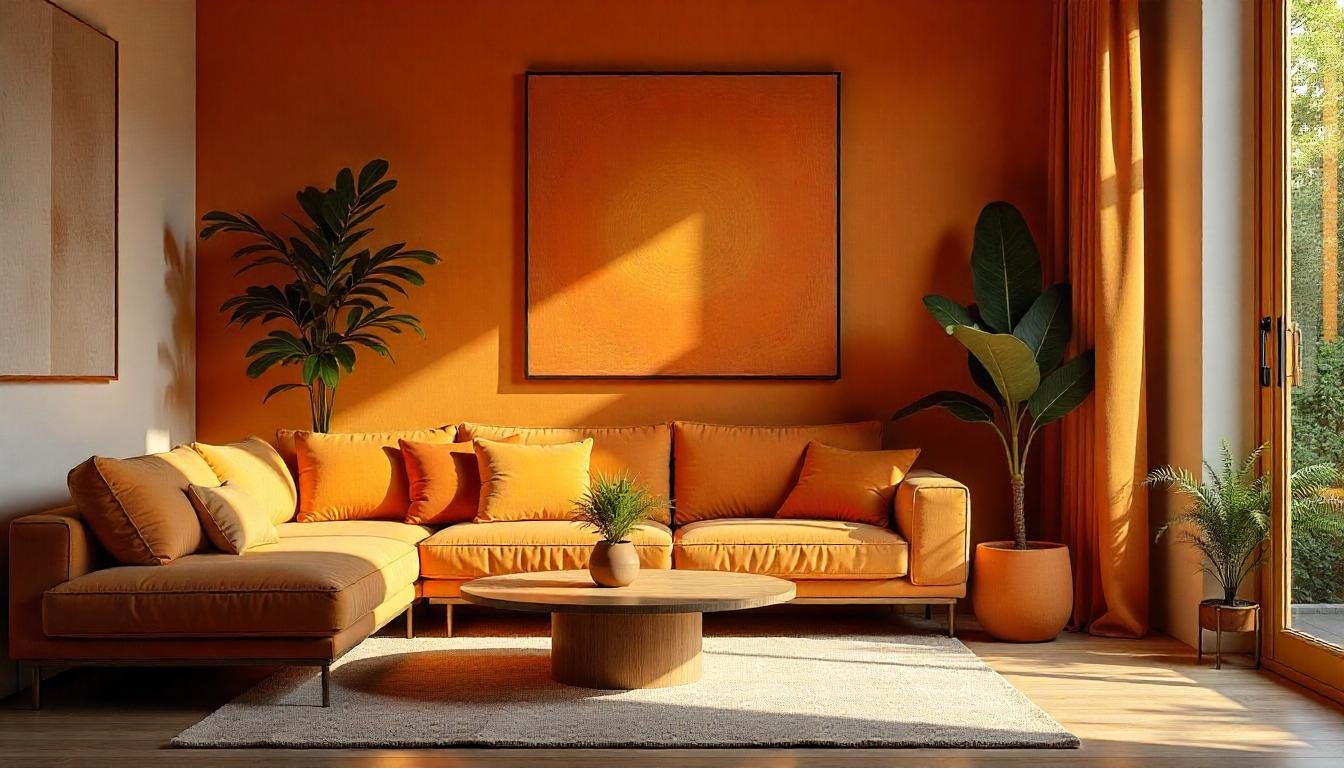
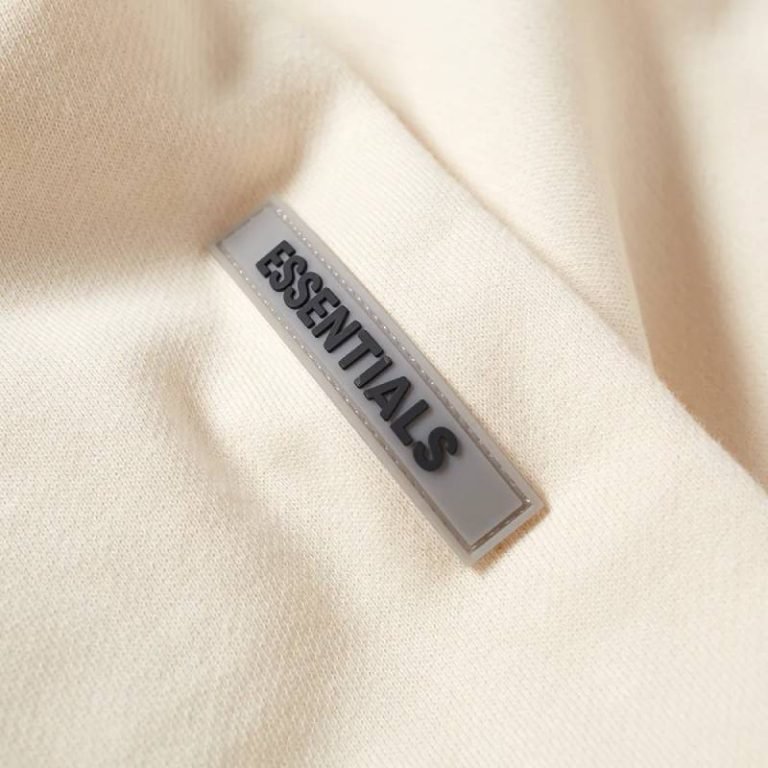

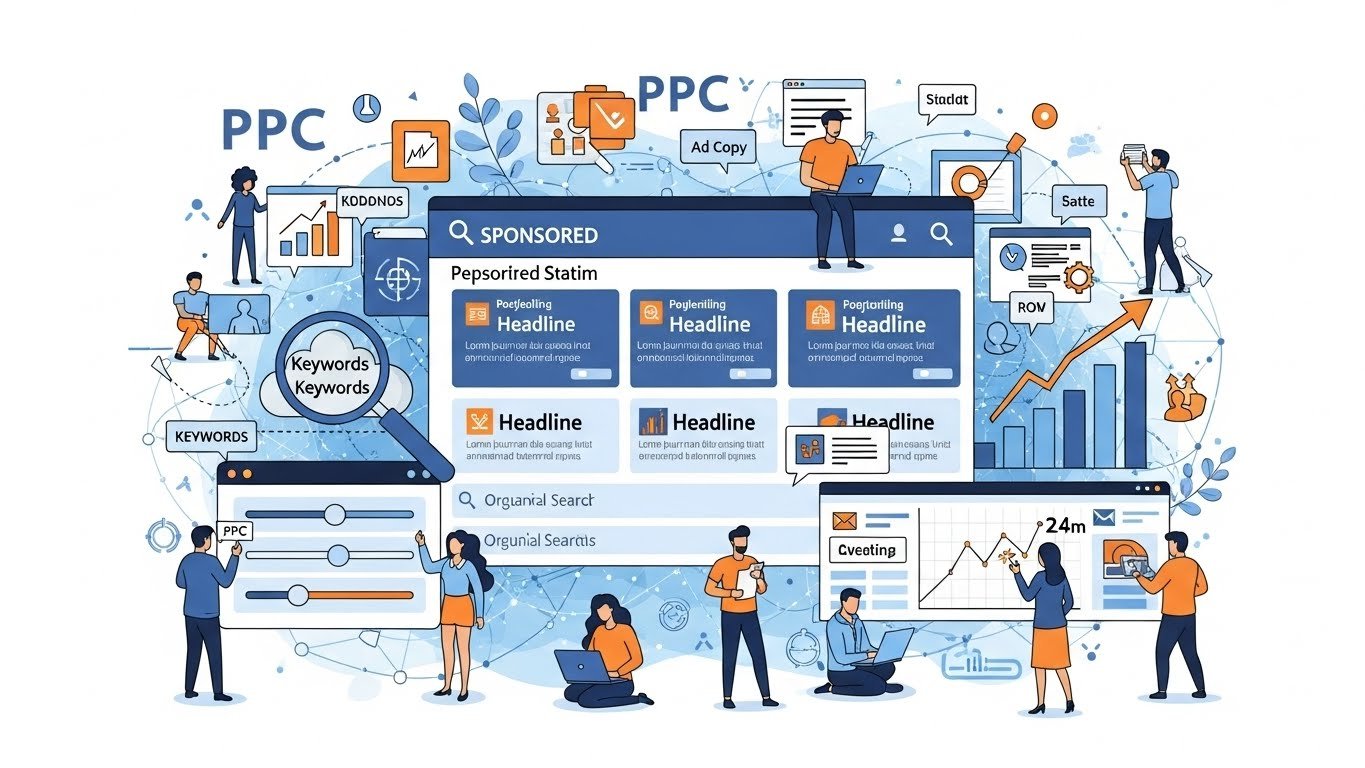
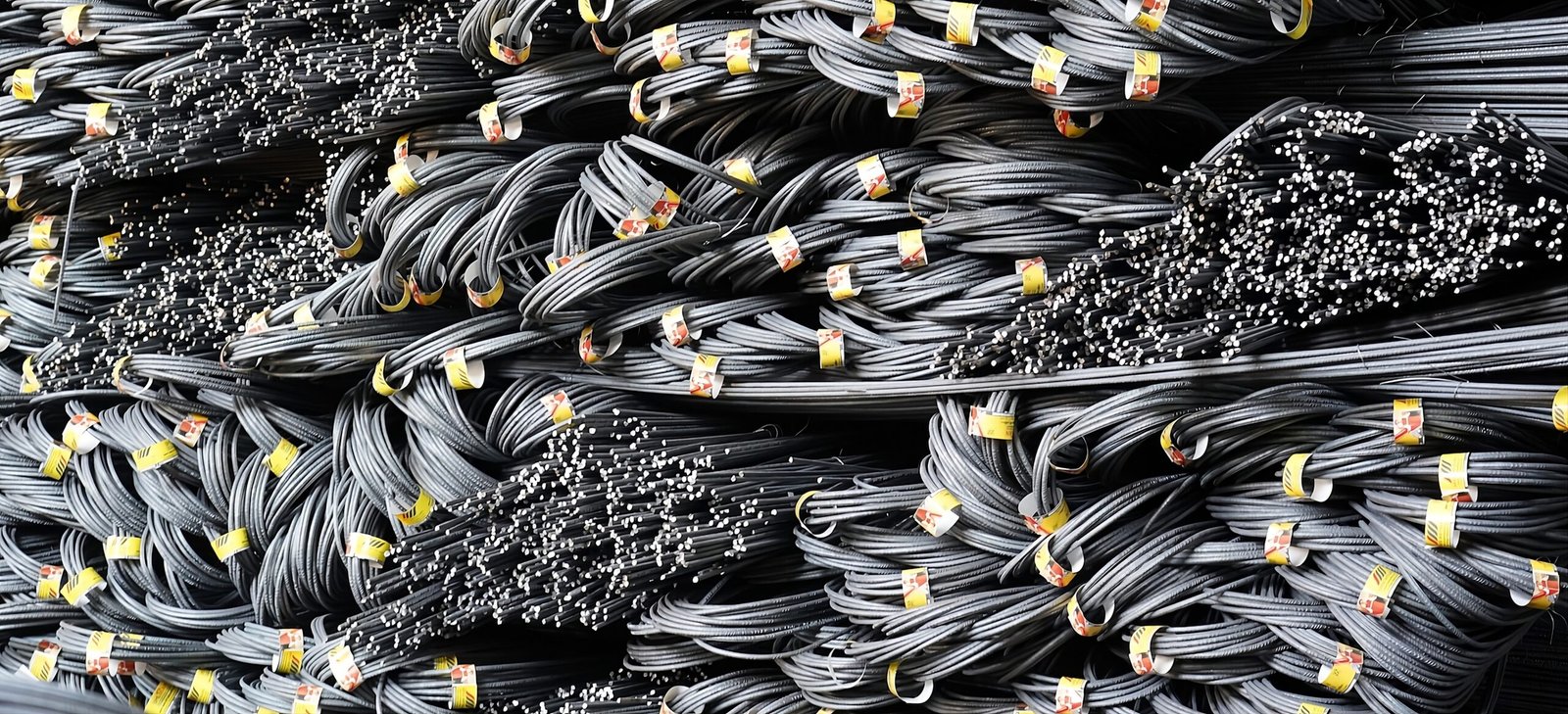

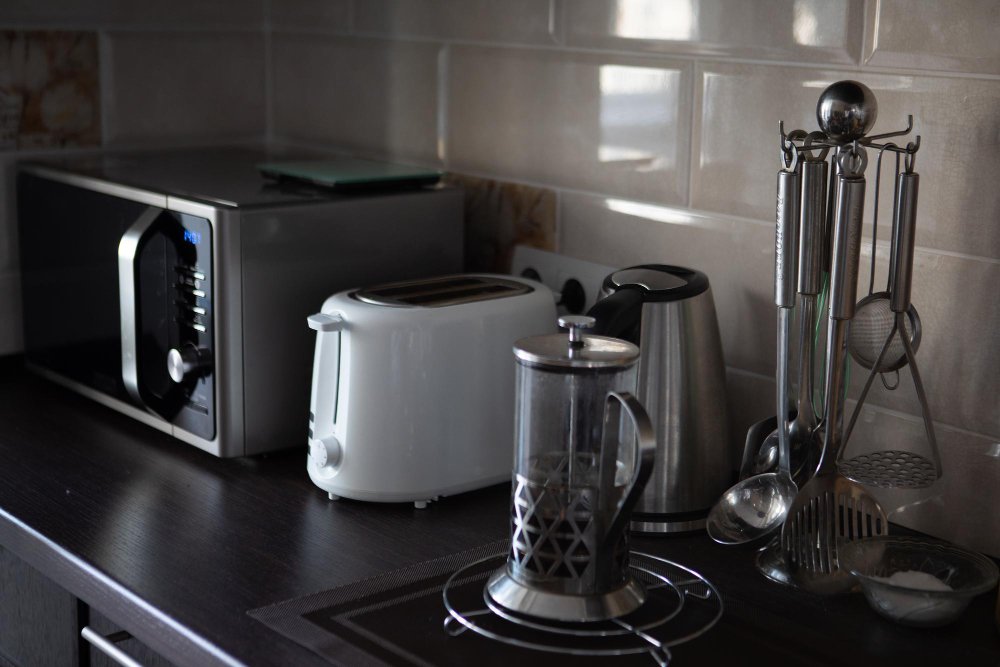
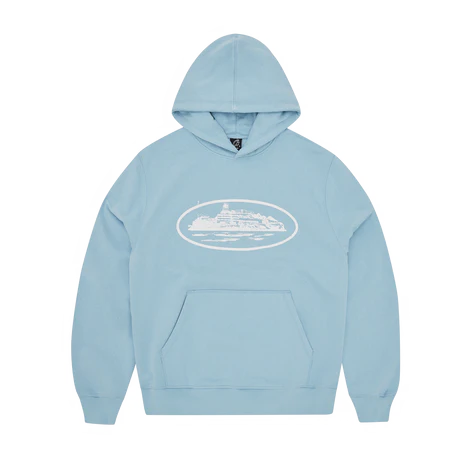


Leave a Reply